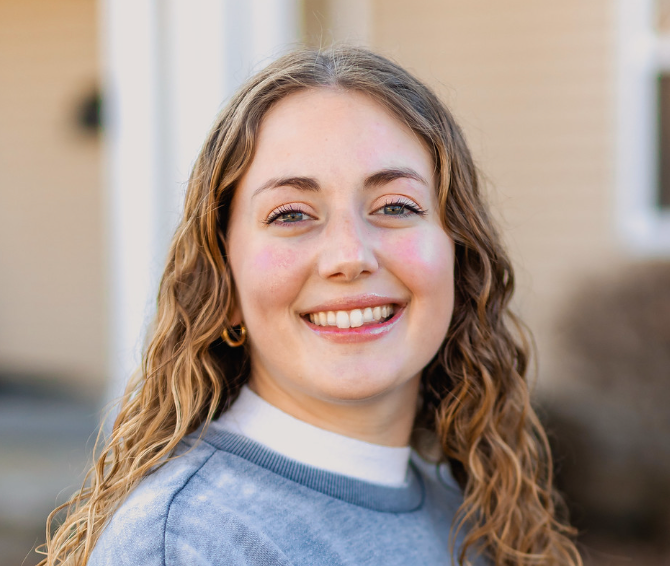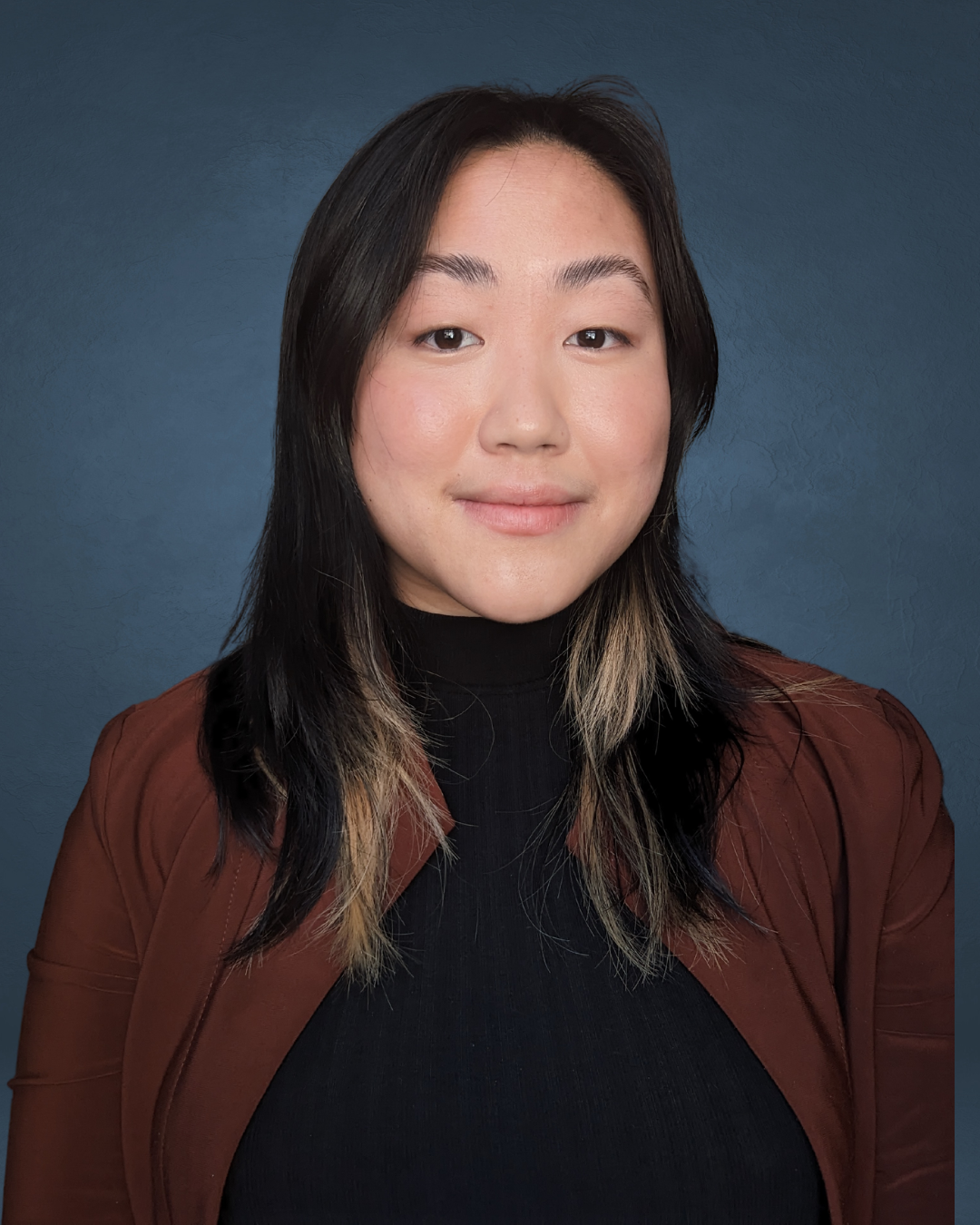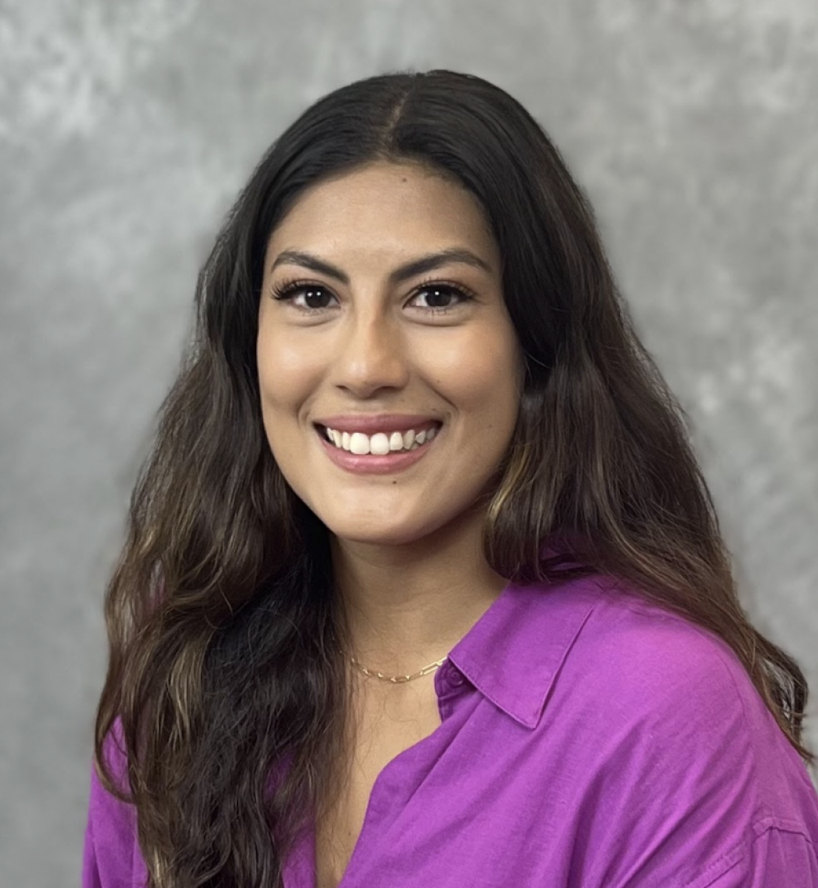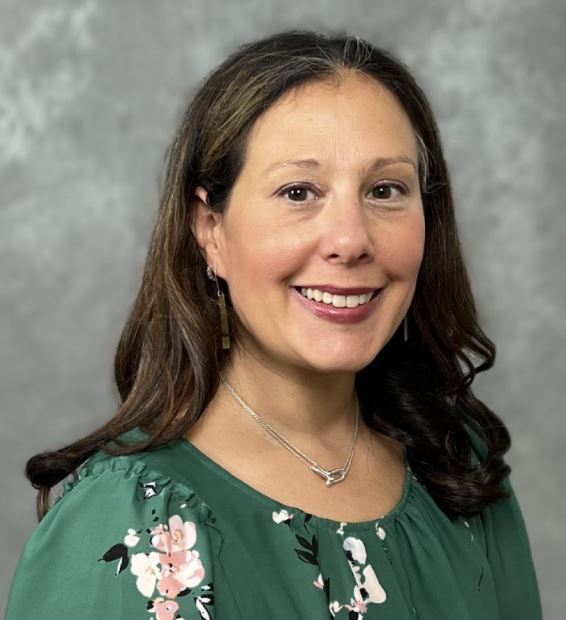Child / Adolescent - Anxiety
Impairment in Social Engagement: Parent-Reported Symptoms of Selective Mutism
(PS5-34) Impairment in Social Engagement: Parent-reported Symptoms of Selective Mutism

Sophia Wolk, B.S.
Clinical Research Coordinator
Icahn School of Medicine at Mount Sinai, Cognitive Behavioral Consultants
New Rochelle, New York, United States
Joy Shen, M.A.
Graduate Student
Ferkauf Graduate School of Psychology; Cognitive and Behavioral Consultants
Brooklyn, New York, United States
Jazmin Garcia, B.A.
Research Assistant
Cognitive and Behavioral Consultants
White Plains, New York, United States- TW
Tali Wigod, Psy.D.
Research Director
CBC
bergenfield, New Jersey, United States - JT
Joseph R. Taliercio, Ph.D.
Coordinator of Research
Cognitive and Behavioral Consultants
White Plains, New York, United States - MM
Melyssa M. Mandelbaum, Psy.D.
Clinical psychologist
Cognitive & Behavioral Consultants
FAIR LAWN, New Jersey, United States 
Rachel Busman, ABPP
Senior Director, Child & Adolescent Anxiety and Related Disorders
Cognitive Behavioral Consultants
Armonk, New York, United States.jpg)
Alec L. Miller, Psy.D.
Cofounder
CBC
White Plains, New York, United States
Lata McGinn, Ph.D. (she/her/hers)
Professor of Psychology/Co-Founder
Yeshiva University - Ferkauf Graduate School of Psychology/CBC
White Plains, New York, United States
Author(s)
Co-Author(s)
Selective mutism (SM), with a prevalence rate of about 0.71% (Bergman et al., 2002), can significantly interfere with a child’s ability to thrive socially, academically, and emotionally (Bergman et al., 2002). Recent research suggests that early detection and treatment are important in children's ability to recover from SM and resume full social functioning (Koskela et al., 2023). In order to detect SM, differentiate the disorder from other disorders with overlapping symptoms, and effectively treat it, it is important to understand the core symptoms of SM. Using network analysis, recent research has confirmed that silence is the central symptom of SM in a population of children and adolescents (Vogel et al., 2022). In order to expand on the analysis of symptoms of SM, the present study aimed to detect which specific symptoms of SM most commonly affect children presenting to an SM intensive program. Study participants included parents of children attending a PCIT-SM-based intensive treatment program at a private practice in a large metropolitan area (N = 32). All participants completed the Selective Mutism Questionnaire (SMQ) prior to their child beginning treatment in the intensive program. The SMQ contains 17 items designed for parents to report their child’s symptoms of SM, and has proven to have excellent internal reliability (Bergman et al., 2008). The SMQ is scored on a scale of zero to three, with zero meaning the child is never able to speak in that situation and three meaning the child is always able to speak in that situation. The mean response (on a scale of 0-3) was calculated for each item of the 17-item validated scale. The questionnaire evaluates four domains of functioning: school, home, social settings, and overall distress. The items with the highest average scores were the ability to talk on the phone to parents and siblings (M = 2.75 , SD = 0.50), speak to family members at home when others are present (M = 2.63, SD = 0.60), and the ability to talk to family members when in unfamiliar places (M = 2.63, SD = 0.48). The items with the lowest average scores were the ability to speak to other children that the child doesn’t know (M = 0.97, SD = 0.64), and the ability to speak to family members who the child doesn’t know (M = 1.13, SD = 0.82). Additional statistical tests, such as an ANOVA, will be run to compare the symptom domains. In this sample, preliminary analysis shows that struggles in the domain of social situations outside of school were most common for children presenting to intensive SM treatment. Additionally, it appears that the domain of home and family was the least common area of struggle for children presenting to treatment. These data provide support for focusing on improving children’s ability to speak in social situations outside of school during treatment. By focusing treatment on these areas, clinicians can help children with SM thrive and engage more fully in their communities. Furthermore, these data serve as support for a group treatment model for SM, given that this model provides the most opportunity for exposure to social situations outside of school. Determining the most common symptoms of SM may help fine-tune cognitive and behavioral treatments, such as PCIT-SM, to focus on domains that are most frequently impairing for patients.

.png)
